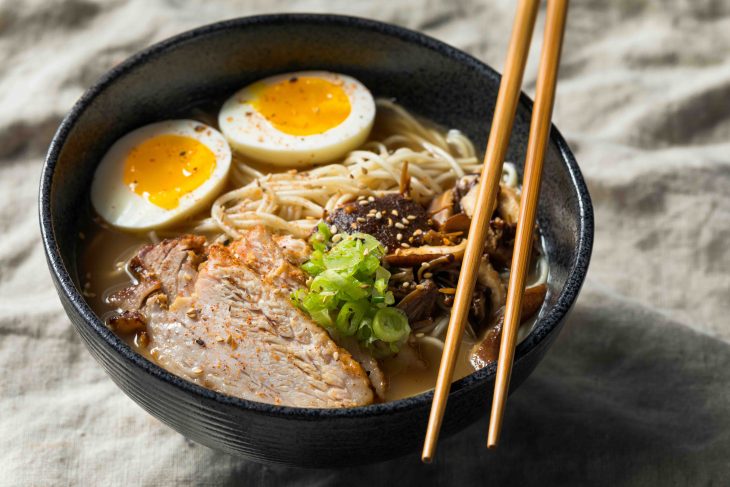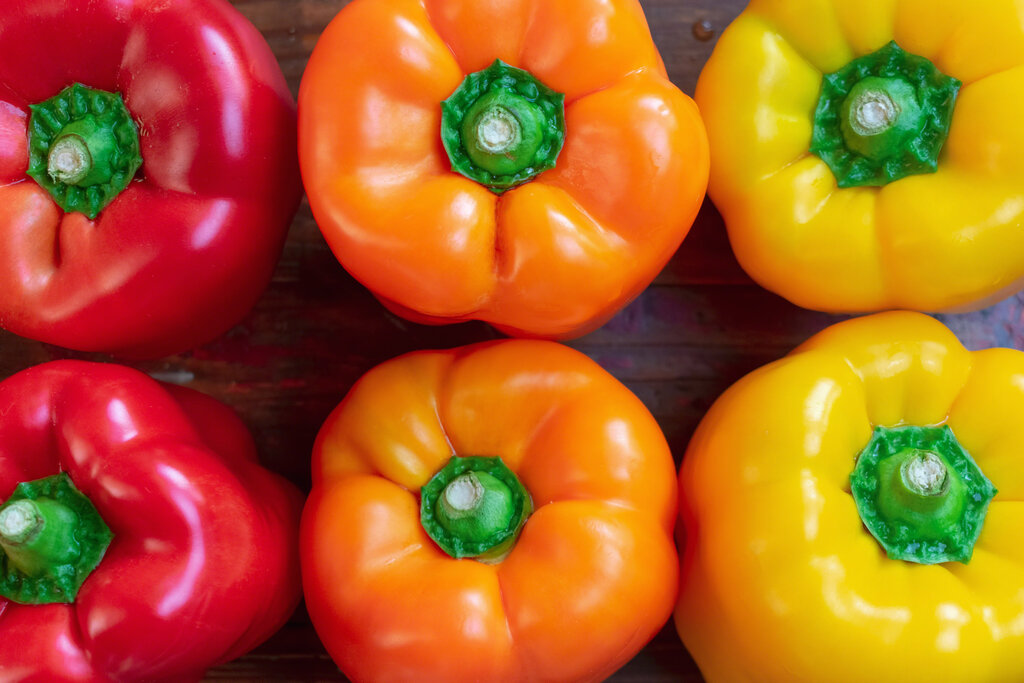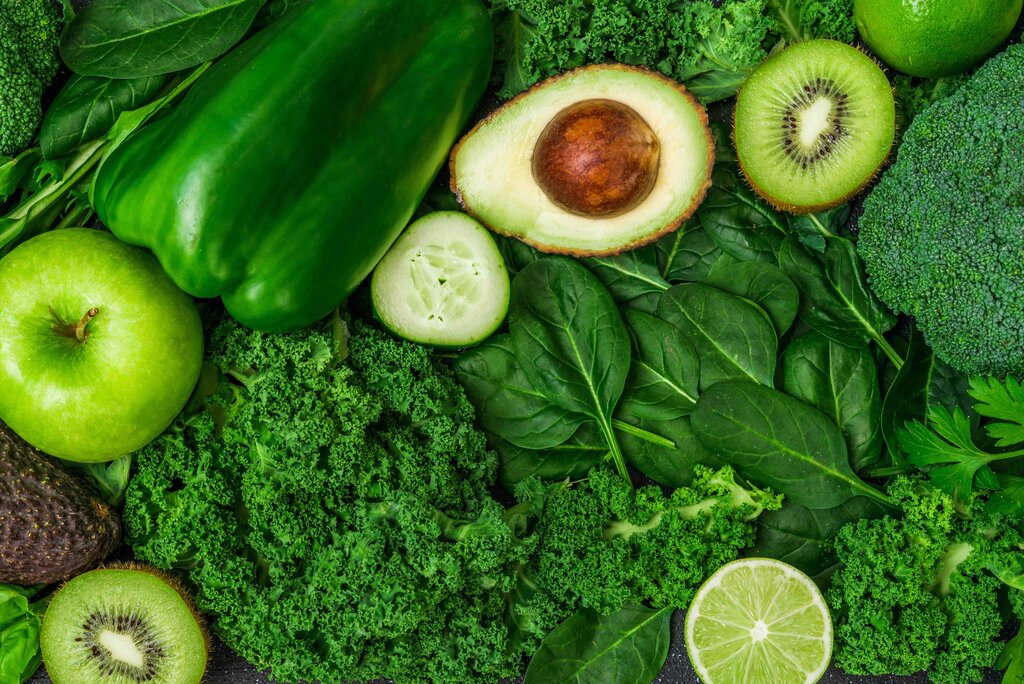
Ramen is a popular Japanese dish that has become a favorite around the world. It is tasty, convenient, and affordable. However, ramen is often viewed as an unhealthy food choice due to its high sodium and fat content. In this article, we will explore 15 ramen nutrition facts that you should know.
Generally a high-calorie food.
A single serving of ramen easily contains over 400 calories, which can contribute to weight gain if consumed regularly without moderation. Depending on the ingredients you add, it can go well above 800 calories as well.
Contains high levels of sodium.
A typical serving of ramen can contain anywhere from 800 to 2,000 mg of sodium, which is the recommended daily limit for sodium intake. Keep in mind that eating anything savory after a bowl of ramen can mean sodium over intake.

Contains high carbohydrates.
A single serving of ramen contains anywhere from 30-60 grams of carbohydrates. This can cause blood sugar spikes and lead to increased insulin resistance.
High in fat content.
The fat content in ramen varies depending on size, flavor, and ingredients. According to USDA.gov, one packet of ramen noodles (81g) contains 14 g of total fat and 6.58 g of total saturated fat. Ramen noodles are usually fried in oil, which can increase their fat content and contribute to heart disease and other health problems.
High in trans fats.
This can be a concern as many instant ramen brands contain trans fats. Certain ramen flavors sold in restaurants contain buttered broth, which contains high amounts of trans fat. Trans fat is usually the toughest to burn and the process by the human body. That is why cases of cardiovascular diseases are linked to excessive amounts of trans fat.
Can be high in sugar.
At ramen restaurants, they sell sweet flavored ramen, called miso ramen. They contain high levels of sugar, which can contribute to weight gain and other health problems.
High cholesterol levels.
Some types of ramen, such as those made with pork belly or other fatty meats, can be high in cholesterol, which can contribute to heart disease.

Contains low levels of protein.
Again, the amount of protein in ramen varies. However, just the noodle itself contains about 5 g of protein.
Contains MSG.
MSG, also known as monosodium glutamate (MSG), is a flavor enhancer. If you are cooking instant ramen noodles, the flavor package is MSG. Eating too much of it can cause headaches, nausea, and other adverse reactions in some people.
Has harmful additives.
Many instant ramen brands contain harmful additives such as preservatives, artificial colors, and flavors, which can have negative effects on your health over time.
Can be high in potassium.
Some types of ramen, such as those made with pork bone broth, can be high in potassium. Potassium is beneficial for your heart health and blood pressure. That said, ramen should not be your only source of potassium intake.
May be high in iron.
Ramen made with chicken or beef stock, can contain high levels of iron. Iron is essential for healthy blood cells and overall health.
Ramen can also be high in vitamin C.
Some types of ramen, such as those made with bell peppers or other vegetables, can be high in vitamin C. This is essential for a strong immune system and healthy skin. Bell peppers are actually one of the best superfoods around. If you are making your own ramen, you should definitely add them in.

Can be high in vitamin A.
Some types of ramen, particularly vegetable ramen that contains carrots or other vegetables, can be high in vitamin A. Vitamin A is required for healthy vision, nails, and hair.
Vegetarian, vegan, and gluten-free options are available.
There are healthier ramen options around. Some restaurants offer vegetable-based broths and alternative protein sources like tofu or tempeh, making it possible for those with dietary restrictions to enjoy a bowl of ramen. Likewise, some restaurants and instant ramen brands offer gluten-free noodles made from rice or other gluten-free grains, making it possible to enjoy a gluten-free ramen bowl.
How to make ramen healthier?

Nutrient-dense additions.
To increase the nutritional value of your ramen bowl, consider adding nutrient-dense toppings such as leafy greens, eggs, mushrooms, or avocadoes. These additions can provide extra vitamins, minerals, and fiber, making your meal more balanced and nutritious.
Exercise portion control.
Given ramen’s high calorie, sodium, and fat content, it’s essential to practice portion control when enjoying this dish. Consider sharing a bowl with a friend or opting for a smaller serving to avoid overindulging.
Pairing with side dishes.
To create a more balanced meal, consider pairing your ramen with side dishes such as a green salad, steamed vegetables, or a light appetizer. This can help balance out the dish’s rich flavors and provide additional nutrients.
Was this page helpful?
Our commitment to delivering trustworthy and engaging content is at the heart of what we do. Each fact on our site is contributed by real users like you, bringing a wealth of diverse insights and information. To ensure the highest standards of accuracy and reliability, our dedicated editors meticulously review each submission. This process guarantees that the facts we share are not only fascinating but also credible. Trust in our commitment to quality and authenticity as you explore and learn with us.
